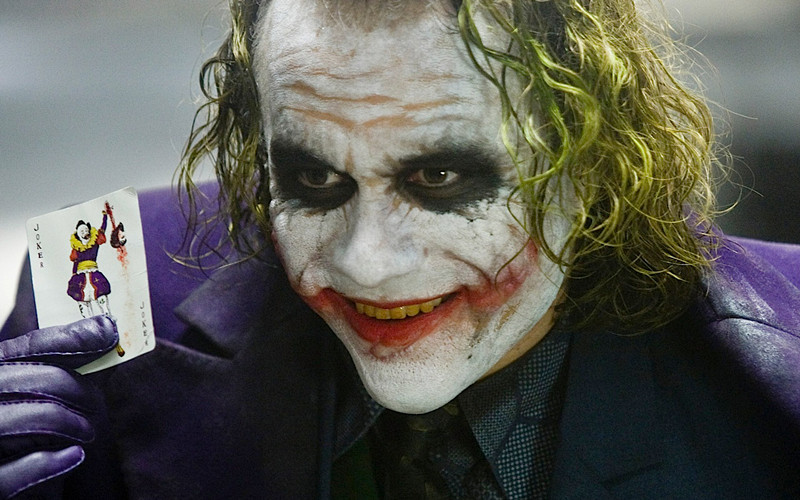
With the recent release of Jason Bourne, audiences can expect much of the same as the originals: a hidden secret, a vast conspiracy, a car chase, martial arts, an evil bureaucrat and a even more evil assassin. But audiences will stick flock to see Matt Damon kick ass.
Why?
Because it is what they expect and what they love. Why change something that already works? Then again, contemporary Hollywood is filled with repetitive and rushed out sequels, remakes and ‘re-imaginings’
However, Hollywood is also filled with rebels and their films. Film that have challenged this unwritten rule. Whether it is changing genre, style, story structure or a lead character, these films have not only improved on the originals, but have given cinema some of its most daring work.
10. Undisputed III: Redemption
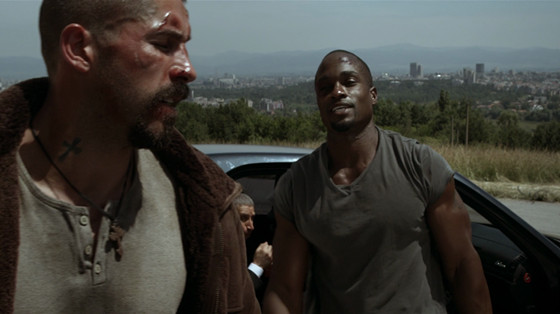
When you mention straight-to-DVD, especially sequels to mainstream films, it is easy to illicit and eye role from nearly anyone. Poor scriptwriting, over directing, uninspired performances and the overuse of sub-standard special effect usually turns these into guilty pleasures at best. Undisputed III: Redemption however, remains one of the few straight-to-DVD films to surpass the original.
What makes this film a stand out from its predecessors is the developing character arc of Yuri Boyka. British martial artist Scott Adkins took on the role and quickly became a icon.
Of course, Adkins knew how to fight, but what could have been a generic Russian villain quickly became something different: a character with a code. Yes in Undisputed II: Last Man Standing, Boyka is the villain. A brutal, sociopathic killer obsessed with becoming ‘the most complete fighter in the world’. But when he learns that his own men may have rigged a fight, he does not hesitate to right this wrong.
Adkins popularity after the film made him a clear choice of protagonist for the sequel and fans had no trouble accepting him as the anti-hero. He is still a villain, but a villain with a code. Ultimately, the film is about a man who begins to redeem himself for a life of violence and death.
9. Mission: Impossible II
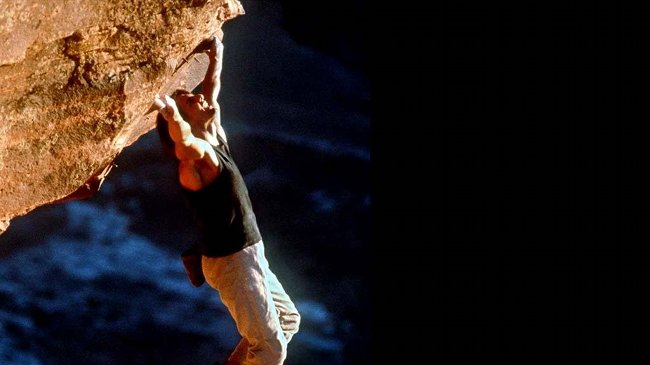
Fans of the series are divided on their opinion of this entry in the popular spy series. Some see it as one of John Woo’s best Hollywood films; to others, it is the worst of the series. Despite these feelings, Mission: Impossible II did help launch one of the most successful franchises in Hollywood, one that currently has a sixth film in production.
Director Brian De Palma was faithful to the original 1960’s television series. Misdirection, gadgets, disguises and teamwork are the weapons utilised by the IMF team. De Palma has been known for his fluid directional style: From experimental cinema and Hitchcock-esque homages to psychosexual thrillers and horror, before going commercial in the 1980’s.
In contrast, the sequel did not force a director to conform to a style, it made a film conform to a director’s style. John Woo stood out from many of his contemporaries in Hong Kong, moving away from Wuxia and Kung Fu and turning the gunfight into an art form.
With slow-motion, operatic music, symbolic doves and almost dance like choreography, Woo uses blood like paint on a canvas and this carries across to Mission: Impossible. When misdirection, disguise and gadgets are used up, Woo does not hesitate to bring out the big guns (literally).
This trend can even be seen with future series directors J.J. Abrams (McGuffins), Brad Bird (flawed families) and Christopher McQuarrie (identity), but Woo and M.I:II were the first ones here.
8. Kill Bill: Vol. II
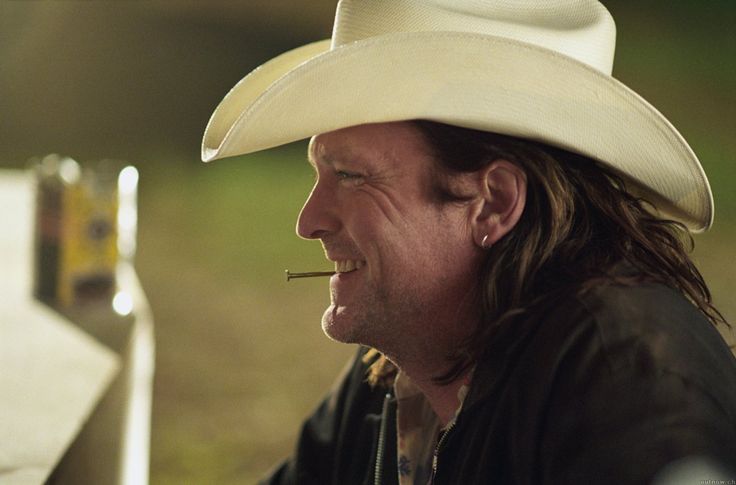
Some might disagree that this can be classified as a sequel, rather two films separated (even QT could not keep an audience planted in their seats for 4 hours) but it is hard to deny the significant changes present between Vol. 1 and Vol. 2. Mixing many genres and styles, including Samurai, Anime, Western, Kung Fu, Revenge, Blaxploitation, Grindhouse and Wuxia, the Kill Bills films are a pastiche of blood and death.
Vol. 1 follows The Bride’s quest for vengeance against the ruthless O’Ren Ishii, a former assassins turned Yakuza boss. Makes sense that Tarantino, a walking encyclopaedia on film, pulls out every homage to Japanese cinema: an anime exposition, a retired swordsmith and a beautifully shot final battle with the stark contrast of blood on snow.
In contrast, Vol. 2 follows the conclusion of The Bride’s quest for vengeance in the desert. It is part Spaghetti Western, part Shaw Brothers Kung Fu but still retains Tarantino’s unique flavour.
Swords are hardly ever used as The Bride shows off her Kung Fu skills, taught to her by the ruthless Pai Mei. Ultimately the film comes down to a Western-esque showdown with no guns but the pain of two surprisingly humane killers laying their emotions on the line.
7. Mad Max: The Road Warrior
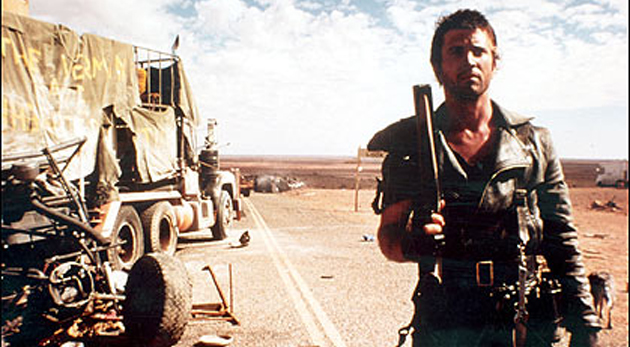
It has barely been a year since George Miller returned to the franchise that launched his career with Mad Max: Fury Road. The film earnt 10 Academy Award nominations, including Best Picture and Best Director, and is now considered one of the best action movies of the century (little soon?).
However, it was Miller’s first attempt at a sequel that ended up creating one of Australia’s best and most original franchise. The original, released in 1979, was a passion project by Miller and producer Byron Kennedy. Inspired by Miller’s experience as an ER doctor, treating car crash victims, and the 1973 Oil Crisis, Miller and Kennedy pooled their resource together and shot the low budget dystopian revenge thriller that quickly became a cult classic.
A sequel was quickly on demand so it must have been quite a surprise to the audience that were suddenly watching a post-apocalyptic frontier western. Looking back now, this was a natural transition.
The original may have focused on Max, but just lingering in the background were the signs of decay and societal collapse. But Miller changed more than just the setting; he changed the very essence of Max.
In the original, we watched as a good man fell with the world around him, giving into his primal instinct of revenge. In the sequel, Max maintains a facade of indifference but when spurned into action, he become an unlikely saviour, just like Campbell’s hero’s journey.
Fury Road may have turned the action film into art, but The Road Warrior remains the film that not only established the franchises unique style, but created one of the most endearing protagonists in film history.
6. Evil Dead II
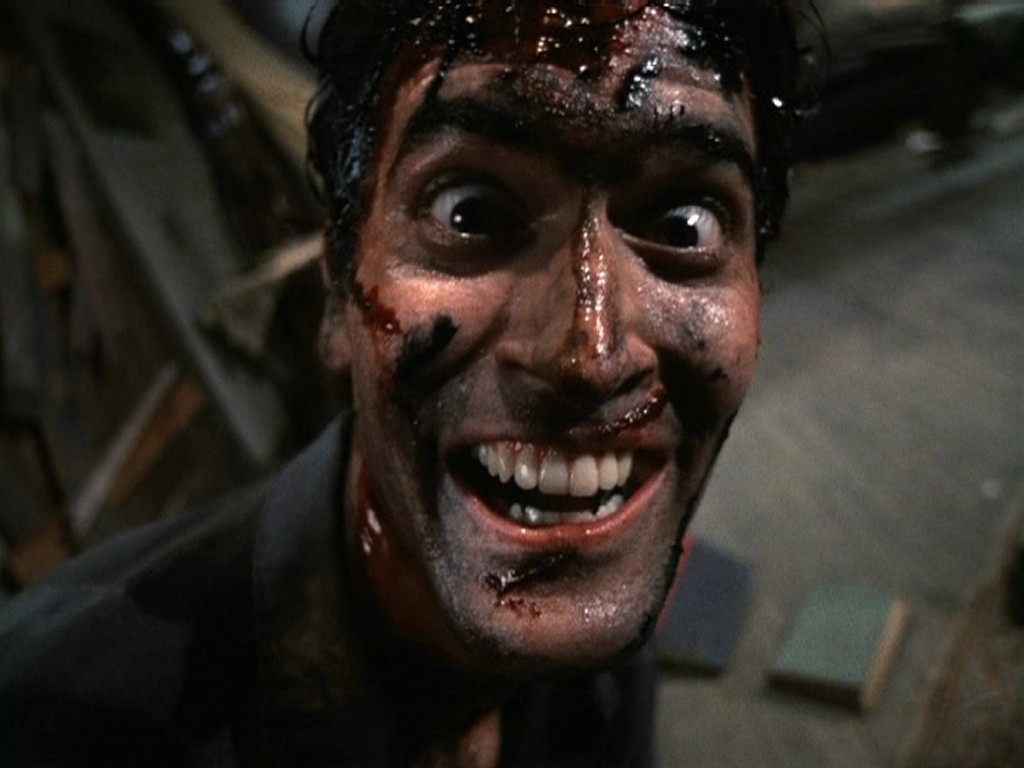
Before he gave us Spider-Man, Sam Raimi redefined horror with the highly claustrophobic, bloody and disturbing The Evil Dead. Originally shot as a short film, titled Within the Woods, Raimi followed with a feature length remake that broke new ground, especially with THAT scene involving the possessed tree.
After following it up with the disappointing comedy Crimewave, Raimi returned to the genre that made his career, albeit with a new twist. Evil Dead II is essentially the same film as the original. Same character, same setting, same story.
The difference? Audiences were now watching a comedy. Ash is forced to battle his own severed hand after it becomes possessed and his descent into madness is personified as various items around the room join in as he laughs hysterically.
This switch from horror to horror-comedy is what defined the series and separated it from other generic horror franchises. A style that carried over into its time-travelling, medieval sequel Army of Darkness and the recent television series Ash vs. Evil Dead.